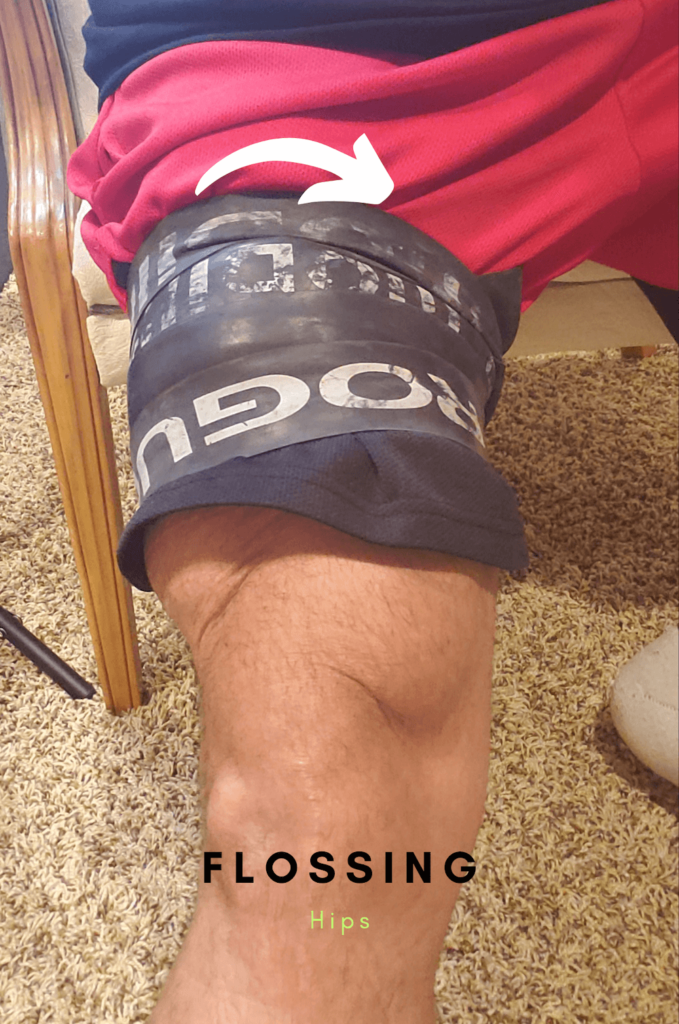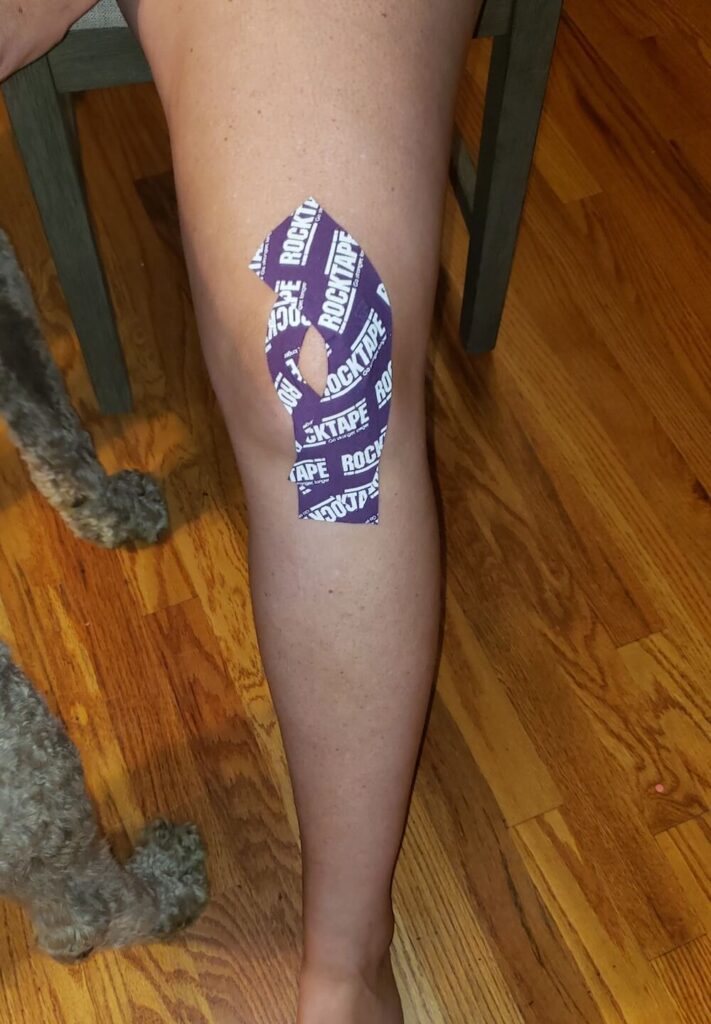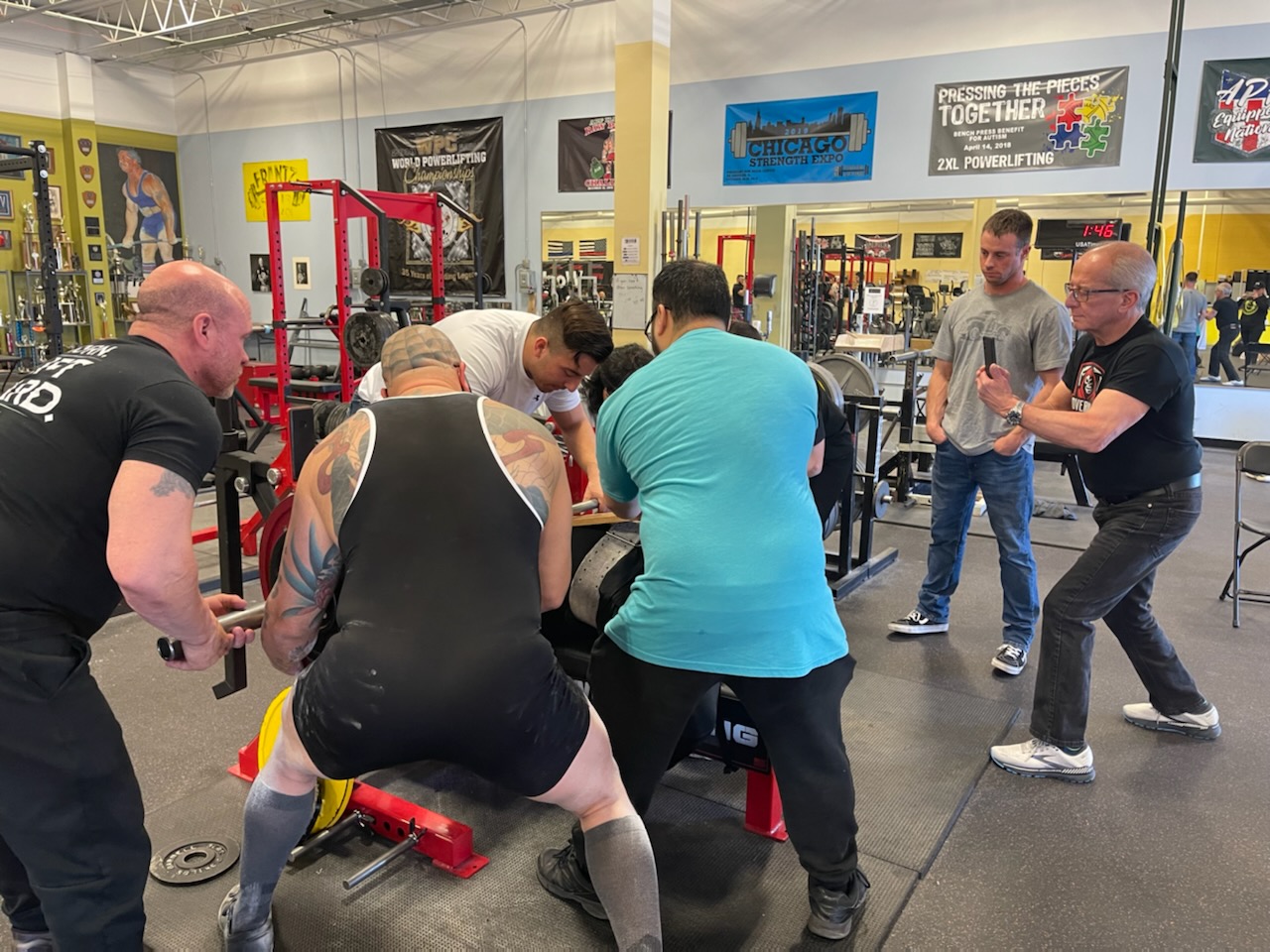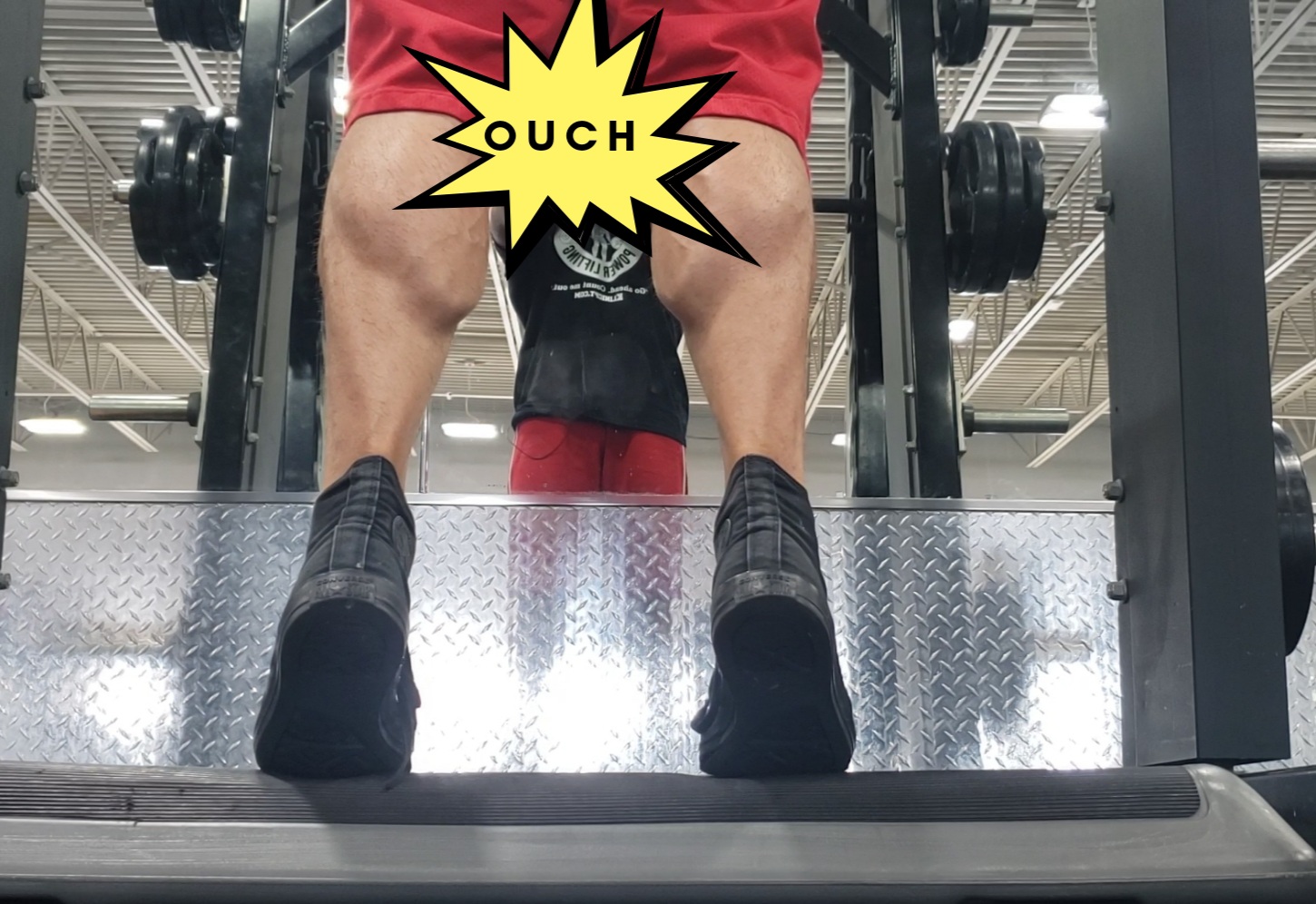“I don’t squat because I have bad knees.” “Lifting heavy is dangerous for your knees.” Yup, you have heard them. I personally ‘appreciated’ the comments when I was going through my ACL recovery in 2011. Our lower extremities are designed, created, evolved – your pick (maybe a combo??) – to withstand repetitive stress such as achy knees for miles walking through uneven terrain. Our ancestors endured lower extremity pain during the stone age as nomads, running from predators, seeking new shelter and hunting food (see The Croods). They walked up to seven miles per day routinely, so their bodies had to adapt to overuse pain. In these cases, no different than today, our bodies lay down increased red blood cells to help bring oxygen to the joints or muscles for healing. Unlike the lower extremity, our upper extremities are not required for weight bearing in gait. Therefore, repetitive stress to the upper extremity can be more detrimental. “Walk it off” has some connection to evolutionary biology.
Common knee disorders I have treated or hear weightlifters gripe about are ITB syndrome,
Patella-Femoral Syndrome, Quadricep and Patella Tendonitis. Developing patella tendinitis is extremely common for patients rehabbing an ACL reconstruction, quadricep or patella reattachment. After 17 years of clinical and anecdotal experimenting, here are my tips.

Tom’s Tips NOT to do. Don’t be the gym brah that wraps your knees tighter to mask the pain. Yes, wraps support the knee by increasing hydrostatic pressure, improving stability and proprioception but they should not be Band-Aids. As stated in my previous article, do not immediately widen your stance and turn your toes out. Temporarily this may shift the pain, but down the road you will see returning knee pain and likely some hip discomfort, too. Finally, do not pop NSAIDs like Tic Tacs, or “up the dose” thinking more is better. The use of ointment is okay, but make sure the ingredients do not contain toxic chemicals.
Algorithm Before Training (9-15 minutes):
1 3-5 minutes of foam rolling the ITB’s, quadriceps, glutes and thoracic spine. If you are not causing a tad bit of uncomfortableness, you are wasting your time.
2 3-5 minutes of OPEN CHAIN (non-standing) lying warm up including clamshells with a band, firehydrants and bird-dogs. These are similar to rehab exercises so that if you lack strength in a muscle, like your glute, then they get some blood into the muscle and improve motor unit firing.



3 3-5 minutes of CLOSED CHAIN (standing), DYNAMIC warm-up with bands around your knees and ankles. Knock out terminal knee extensions even and split stance, abduction and adduction kicks and knee to chest to name a few. If possible, try to stand on 1 leg because your balance will be challenged greater, thus “waking up” the smallest stabilization muscles. Stretching excludes using a strap and holding for 30 seconds as this can reduce performance up to 10%. Imagine 10% off your total!



Algorithm While Training
1 Flossing or “Blood Restriction Flow” Therapy. We do not need fancy $300 pieces of equipment to measure the exact mmHg. Instead, let’s use simple tubing and apply it to the hips, knees or calves. Identify the tight joint. Flossing the upper hips will help improve depth and external rotation as you squat lower, in turn, reduce the forward lean. Flossing the knee above and below can loosen the distal quadriceps, which is good for people like me who have scar tissue from knee surgeries or plica build-up around the patella. Flossing the distal calf with improve ankle dorsiflexion, so the knees can travel past the toes to some degrees in a proper squat (near the parallel point).



2 Wear an appropriate knee sleeve to provide support, stability and proprioception. I wore knee sleeves for 4 years for every workout – upper and lower – after my ACL surgeries.

3 When wrapping the knee do not cross the patella joint more than twice. I recommend once on the way up and once on the way down. Too much pressure onto the patella will cause it to grind onto the femur and lead to inflammation.
Algorithm On Recovery Days:
1 Seek a skilled PT who specializes in manual therapy or a clinical massage therapist or chiro who appreciates rehab for weekly or monthly maintenance work. Watch The Fuzz Speech on YouTube and in 5 minutes you’ll see the myofascial restrictions that build from injury and immobility. I address the big muscle groups like the quads and hamstrings down the little, pesky muscles that may be overlooked such as the TFL, piriformis and soleus. Graston tools, mobilizations and elbow grease deliver effective measures. The closer to a meet manual therapy is more important since the muscles, CNS and joints are taking greater hits. I have heard from retired or worn – out lifters they wished they would have seen me years ago, since it may have prolonged their career.
2 Attack weak points and links in your training. Speak to a clinician or an experienced coach who can break down your mechanics to expose what the dysfunction is and where it lies. For instance, maybe the thoracic spine is too rigid, or the knees cave in due to weak glute muscles, or the back collapses downward during a squat due to poor ankle flexibility. Whatever the case is, program these body parts multiple times a week through various exercises and focus on form & reps. Make the mind-muscle connection instinctive.
3 Kinesio tape your patella to improve patella gliding and support.

4 Ice the knees to remove inflammation. After heavy squats and deadlifts I swear by it.
5 Buy lots of expensive supplements. Joking! On recovery days bump the protein intake up 25 – 50 grams through shakes and leans meats or fish. ZMA, Vitamin C and EmergenC and Vit D support muscle recovery, immune system and CNS response.
6 Active rest in the form of recreational walking, hiking, swimming or biking. Enjoy life, be social while building mitochondria into your cells.
Final Thoughts: Monitor for edema. If edema is increasing that is an indication to back off training load and frequency, and rest may be appropriate. I admit, rest usually is not in my vocabulary but in some rare cases when I see edema that is a sign my body is telling me something, so I listen. If you are experiencing significant instability along with pain and popping, seek medical attention or consult with me. I can greatly assist with recovery days so you can return back to the gym. Look for future Blog content focusing on Recovering from Traumatic Knee Injuries such as ACL tears and Quad ruptures!




